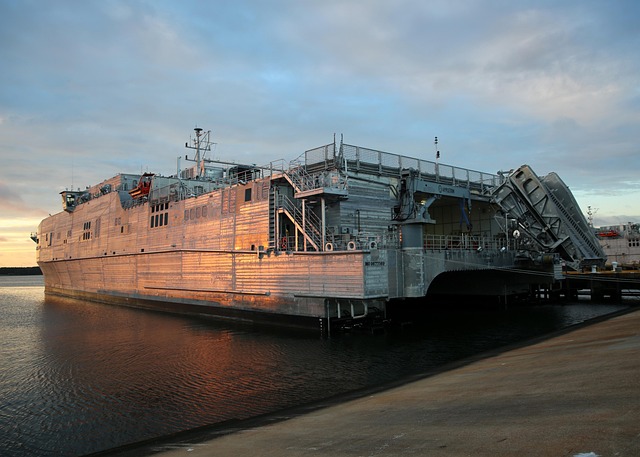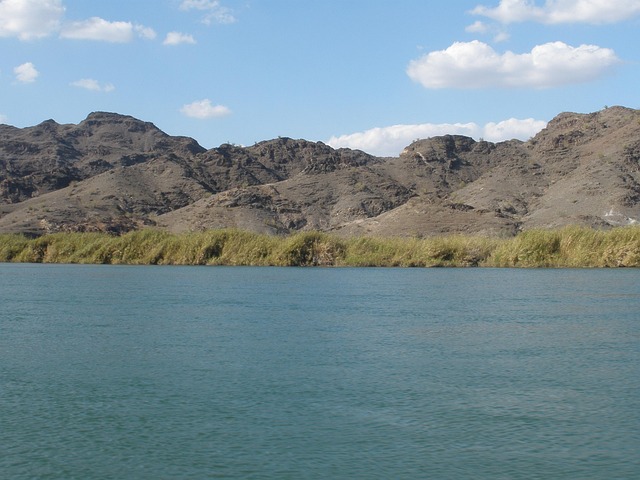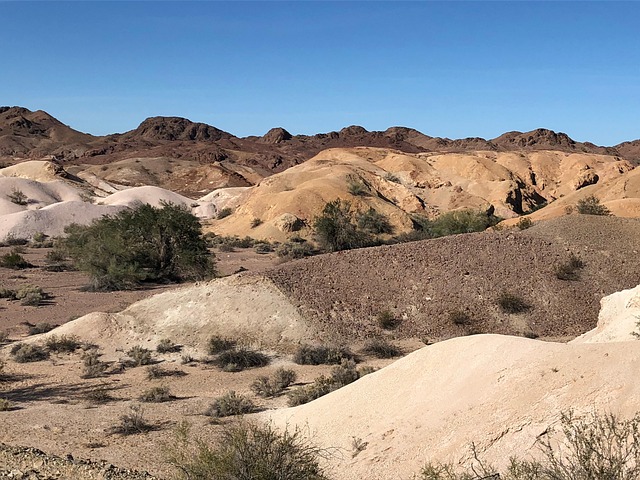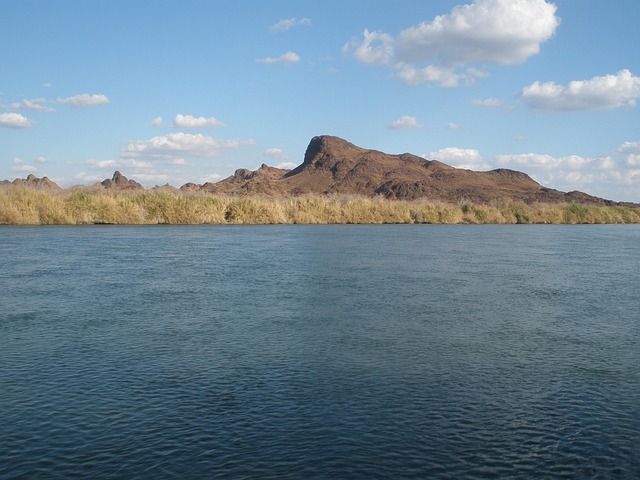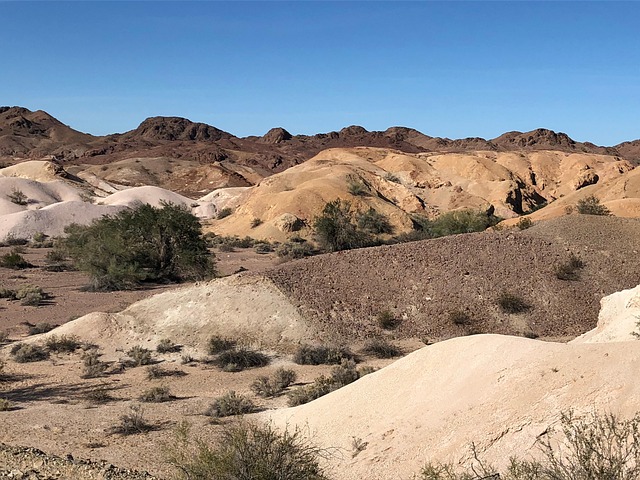The Colorado River has been a key facilitator of U.S. westward expansion since ancient times, driving migration, trade, economic growth, and cultural exchange along its banks. Modern engineering marvels have further opened up vast territories for development, significantly contributing to the evolution of transportation infrastructure in the American West. The river's historical crossings, scenic beauty, recreational opportunities, and reliable water supply continue to drive substantial real estate growth, fostering prosperity in communities along its shores. Balancing modern infrastructure development with ecological conservation is crucial as digital age projects aim to integrate sustainable practices while preserving the river's historical significance for a harmonious coexistence of contemporary living and local heritage.
The Colorado River, a majestic force shaping the American West, has long served as a vital gateway for exploration and westward expansion. Its crossings, from early Native American paths to modern bridges, tell a story of human resilience and progress. This article explores the historical significance of these river crossings and their profound impact on real estate development. We delve into how settlements along the river evolved into thriving communities, while examining the delicate balance between preserving historic heritage and modern infrastructure development.
The Historical Significance of Colorado River Crossings: A Gateway to Westward Expansion
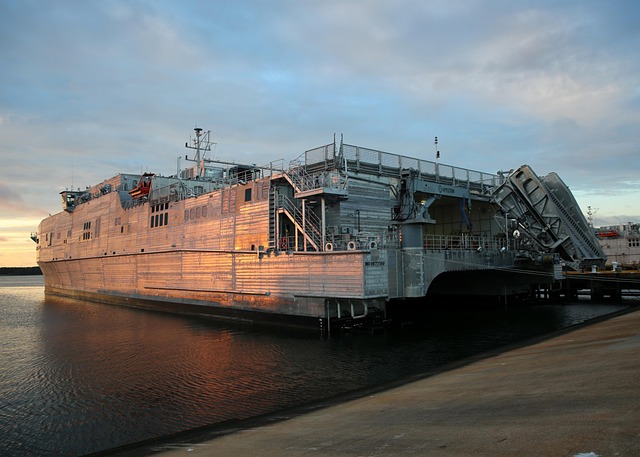
The historic crossings over the Colorado River have played a pivotal role in shaping the westward expansion of the United States. These ancient routes and modern bridges alike served as gateways, facilitating migration, trade, and colonization towards the west. In terms of real estate, they represent not just physical connections but also catalysts for economic growth and cultural exchange. The river has long been an immense barrier, and overcoming this challenge through engineering marvels like dams, canals, and bridges has opened up vast territories for development.
These crossings have been crucial in the evolution of transportation infrastructure, enabling people and goods to traverse the rugged terrain and diverse landscapes of the American West. They represent a testament to human ingenuity and perseverance, fostering connections that have indelibly shaped the region’s history, culture, and economy.
Real Estate Development Along the River: From Settlements to Thriving Communities
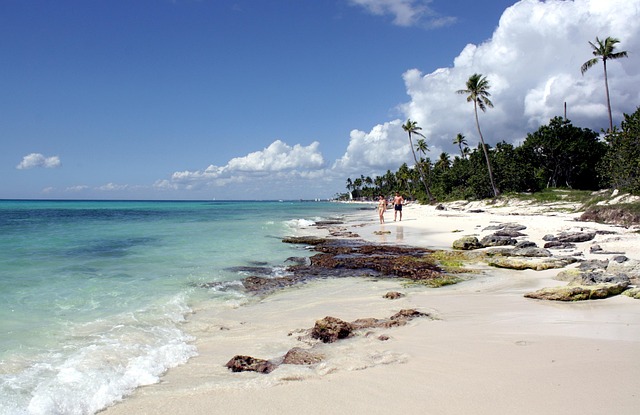
The Colorado River has long been a vital lifeline, not just for its ecological significance but also as a catalyst for real estate development. Early settlements flourished along its banks due to easy access to water and fertile land, laying the foundation for what would become thriving communities. As time progressed, the river’s allure didn’t wane; instead, it became a draw for more substantial and organized real estate ventures. Developers recognized the potential for scenic residential areas, establishing upscale neighborhoods with properties boasting stunning river views.
This transformation from small settlements to robust communities is a testament to the river’s enduring power as an asset in the real estate market. The Colorado River’s beauty, recreational opportunities, and consistent water supply continue to make it an attractive location for both primary residences and second homes, driving further development and fostering economic growth along its banks.
Modern Infrastructure and Preservation: Balancing Progress with Heritage on the Colorado River
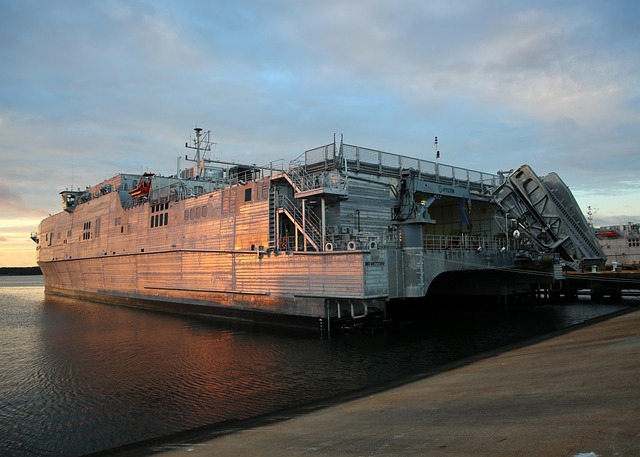
The historic crossing over the Colorado River is a testament to humanity’s ability to traverse and conquer challenging landscapes, reflecting a rich heritage that must be preserved. However, as we move forward in the digital age, the balance between progress and preservation becomes increasingly delicate. Modern infrastructure projects in real estate development often present a dilemma: how to integrate cutting-edge facilities while respecting and conserving the river’s cultural and natural significance.
This dual challenge requires thoughtful planning and innovative solutions. Developers and heritage conservators must collaborate to ensure that new structures complement the existing landscape, preserving the river’s historical charm without impeding its ecological health. By integrating sustainable practices, such as eco-friendly materials and water conservation techniques, it is possible to create a harmonious coexistence between contemporary living and the region’s invaluable heritage.
